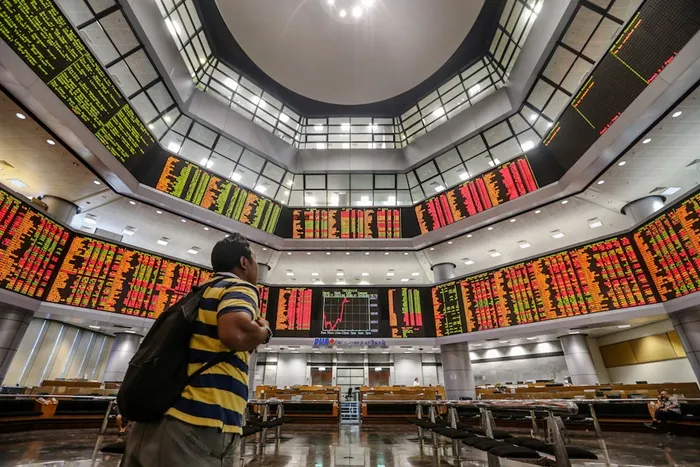A Chinese-aligned militia is now safeguarding newly established rare earth mining operations in eastern Myanmar, as Beijing reinforces its dominance over the global supply of strategic minerals essential to the green energy transition and high-tech manufacturing.

China already holds a near-monopoly on processing heavy rare earth elements—critical for magnets used in electric vehicles, wind turbines and medical devices—but it remains highly dependent on imports of the raw materials. In the first four months of 2025, Myanmar accounted for nearly half of China’s rare earth oxide and metal imports, according to Chinese customs data.
However, access to key minerals such as dysprosium and terbium has faced disruption since a major rare earth mining belt in northern Myanmar’s Kachin State was seized by an armed group opposed to the country’s military junta, which Beijing supports. In response, new mining activity has emerged in Shan State, where Chinese miners are now developing deposits under the protection of the United Wa State Army (UWSA), one of Myanmar’s most powerful militias.
Two individuals employed at one of the mines reported that over 100 workers are conducting continuous day-and-night operations, using chemical leaching techniques to extract heavy rare earths. Local residents also confirmed the movement of truckloads of material from the mines—located between Mong Hsat and Mong Yun—toward the Chinese border, roughly 200 kilometres away.
Satellite imagery obtained by Reuters from Planet Labs and Maxar Technologies corroborates these claims, showing the rapid emergence of leaching pool facilities in Shan State from April 2023 to February 2025. One site had over a dozen pools by early 2025, while another, across the Kok River, had developed 20 pools within a year of initial clearing.
The mines are protected by UWSA forces, according to four sources familiar with the operations, two of whom identified militia members by their uniforms. The UWSA also controls one of the world’s largest tin mines and maintains strong commercial and military ties with China, according to the United States Institute of Peace.
While official mine ownership remains opaque due to Myanmar’s fragmented business registry system, at least one site is reportedly operated by a Chinese firm with Chinese-speaking management. A Chinese-language company logo was observed at one facility, according to a worker who spoke on condition of anonymity.
Patrick Meehan, a lecturer at the University of Manchester who reviewed the satellite imagery, said the Shan mines appear to be the first significant rare earth sites in Myanmar outside of Kachin. “There is a whole belt of rare earths that extends through Kachin, Shan and into parts of Laos,” he said.
Independent analyst David Merriman, Director of Research at consultancy Project Blue, confirmed that the infrastructure suggests ongoing production. He expects the Shan deposits to yield terbium and dysprosium—two of the most sought-after rare earth elements.
Neha Mukherjee of Benchmark Mineral Intelligence noted that Chinese mining companies can operate in Myanmar at a fraction of the cost elsewhere, with production costs up to seven times lower than in comparable regions. “Margins are huge,” she stated, adding that Beijing’s tight control of extraction technology makes Chinese involvement essential.
Prices for these strategic minerals reflect increasing volatility and global sensitivity. Terbium oxide prices have surged over 27% in the past six months, while dysprosium oxide has fluctuated sharply, rising approximately 1% over the same period, according to Shanghai Metals Market data.
The rare earth trade has become an increasingly important strategic tool for Beijing amid continued trade tensions with Washington. Earlier this year, China imposed additional restrictions on the export of rare earth metals and magnets following renewed actions by the US administration.
The UWSA plays a pivotal role in this equation. The group governs a region roughly the size of Belgium and is reportedly armed with Chinese-supplied weapons. With an estimated 30,000 to 35,000 personnel, it maintains a stable ceasefire with Myanmar’s junta, positioning the territory as a relatively secure zone for strategic resource extraction.
“The UWSA functions as a key instrument for China to maintain strategic leverage along the Myanmar-China border,” said Ye Myo Hein, Senior Fellow at the Southeast Asia Peace Institute. Local human rights groups say UWSA security forces control access to the area and restrict movement without identification cards issued by the militia.
With Kachin’s rare earth supply increasingly jeopardised by conflict, China’s pivot to Shan could provide it with continued leverage in global supply chains, which remain vital to the automotive, aerospace and semiconductor sectors.
“Chinese companies and the Chinese government would see the Wa areas as being more stable than other parts of northern Burma,” said Jason Towers, Myanmar Country Director for the US Institute of Peace.
Mukherjee concluded that Beijing’s strategic interest in rare earths is unlikely to wane. “They want to keep control of heavy rare earths in their hands. They use that as a strategic tool.”
-Reuters






